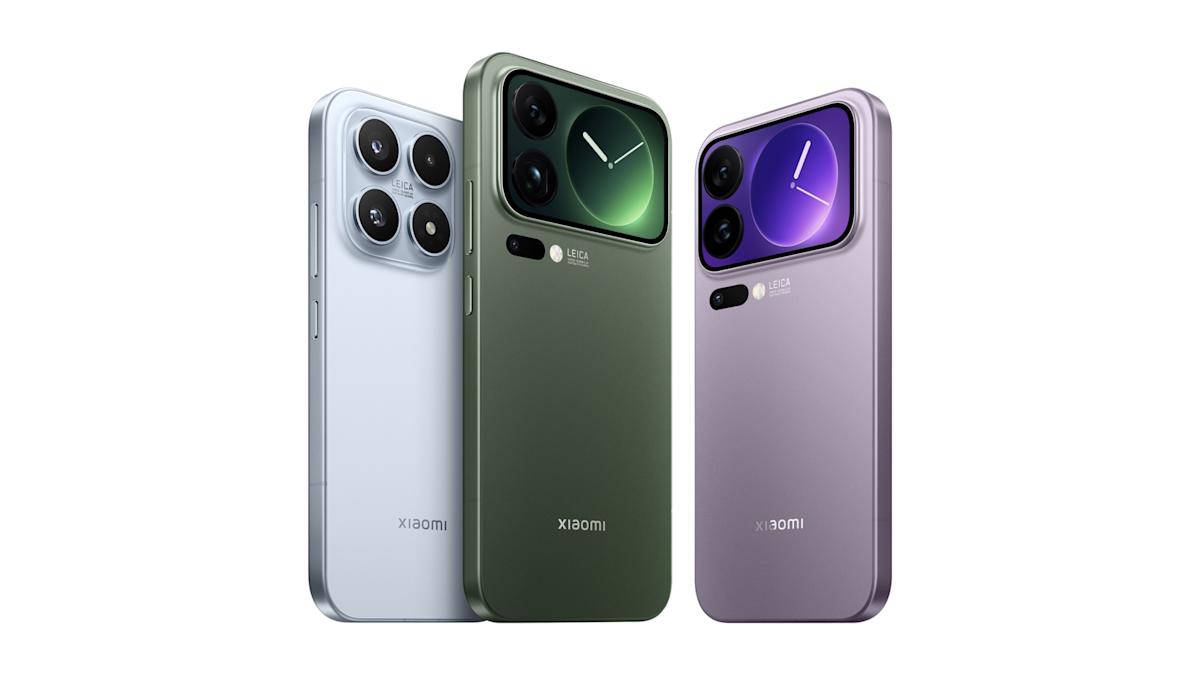Xiaomi’s latest smartphone, the Xiaomi 17, is making waves as the company takes a bold step into the premium market, essentially positioning itself as a direct competitor to Apple’s newly released iPhone 17. Co-founder and CEO Lei Jun introduced this new model with a competitive starting price of 4,499 yuan (approximately $630), which undercuts the base price of the iPhone 17 by over $100. This strategic pricing highlights Xiaomi’s determination to capture more of the premium segment within the smartphone industry.
### A Direct Challenge to Apple
Xiaomi’s approach has been intentionally confrontational. During a livestreamed event, Lei orchestrated a detailed comparison between the Xiaomi 17 and the iPhone 17, showcasing performance metrics such as battery life, display quality, and camera capabilities. This marks a significant shift in Xiaomi’s branding strategy, as they aim to present their products as serious alternatives to established giants like Apple.
As Xiaomi becomes more aggressive in its ambitions to expand market share, the company’s vision extends beyond smartphones. This was emphasized when Lei compared Xiaomi’s vehicles to those of Tesla, specifically mentioning the Model Y. The transition into electric vehicles (EVs) has significantly boosted Xiaomi’s market value, tripling it in the past year.
### A New Era for Xiaomi
The billionaire entrepreneur characterized Xiaomi as undergoing a “profound transformation,” insinuating that the company has evolved from its early days of undercutting prices. He stated, “Today a completely new Xiaomi stands firmly in front of a new era.” This positioning reflects a broader ambition that includes not only smartphones and EVs but also ventures into AI and chip development.
Xiaomi has announced plans to invest at least $7 billion in developing its own mobile processors. This investment reflects a foundational shift in how Xiaomi positions itself in the tech landscape. With a robust team of 2,500 working on this initiative, the company aims to harness its manufacturing capabilities to bolster its product lineup further.
### Xiaomi’s Market Strategy
Xiaomi currently commands only a single-digit share of the premium smartphone market, which is predominantly controlled by Apple, boasting a 62% share globally for devices priced above $600. To disrupt this dominance, Xiaomi must not only make compelling products but also shift consumer perceptions about its brand.
The Xiaomi 17 offers Pro and Pro Max models, mirroring Apple’s successful product line strategies. By aligning the specifications and features with those of Apple’s latest offerings, Xiaomi aims to attract a demographic that seeks high-performance devices without the premium price tag. This strategy is not just limited to product specifications but also includes customer engagement tactics to boost brand loyalty in an increasingly competitive marketplace.
### The Broader Tech Landscape
Electric vehicles are another focal point for Xiaomi, which has seen burgeoning success in this field. The company reported 289,000 orders for its YU7 model within an hour of its announcement, indicating strong consumer interest. Plans to enter the European market by 2027 signal Xiaomi’s ambitious roadmap. With over 40,000 YU7 deliveries since launch, Xiaomi’s venture into EVs is becoming a pivotal segment for future sales growth.
Analysts forecast that the EV segment could double its revenue contribution, increasing from 9% to 20% this year, indicating that the company is not only serious about sustaining growth but also about diversifying its revenue streams effectively. It is expected that by 2026, EVs may contribute 10-15% to Xiaomi’s profits.
### The Challenges Ahead
Despite the optimistic outlook, Xiaomi faces hurdles ahead. The recent fatal accident involving a Xiaomi sedan brought regulatory scrutiny, highlighting the challenges of stepping into the automotive industry. However, the company has acted swiftly to rectify the situation, recalling 116,000 vehicles and rolling out software updates to enhance safety features.
Furthermore, the smartphone market is evolving rapidly. With smartphone growth beginning to plateau, Xiaomi will need to innovate continuously to maintain sales momentum. While its IoT business could help sustain gadget sales, it is evident that the smartphone landscape is highly competitive.
### Conclusion
In conclusion, Xiaomi’s introduction of the Xiaomi 17 is more than just a new smartphone; it represents the company’s strategic intent to position itself as a leader in the premium smartphone and EV markets. As Xiaomi attempts to carve out a greater share from rivals like Apple, the upcoming years will provide crucial insights into its capacity to innovate and expand into new territories.
The ambitious plans of Xiaomi are indicative of a broader transformation in the tech landscape where competition is intensifying, and traditional boundaries between sectors—smartphones, IoT, and electric vehicles—are blurring. As Xiaomi continues to evolve, its focus on quality, pricing, and brand perception will be vital in sustaining growth and overcoming the challenges that lie ahead.
Source link









